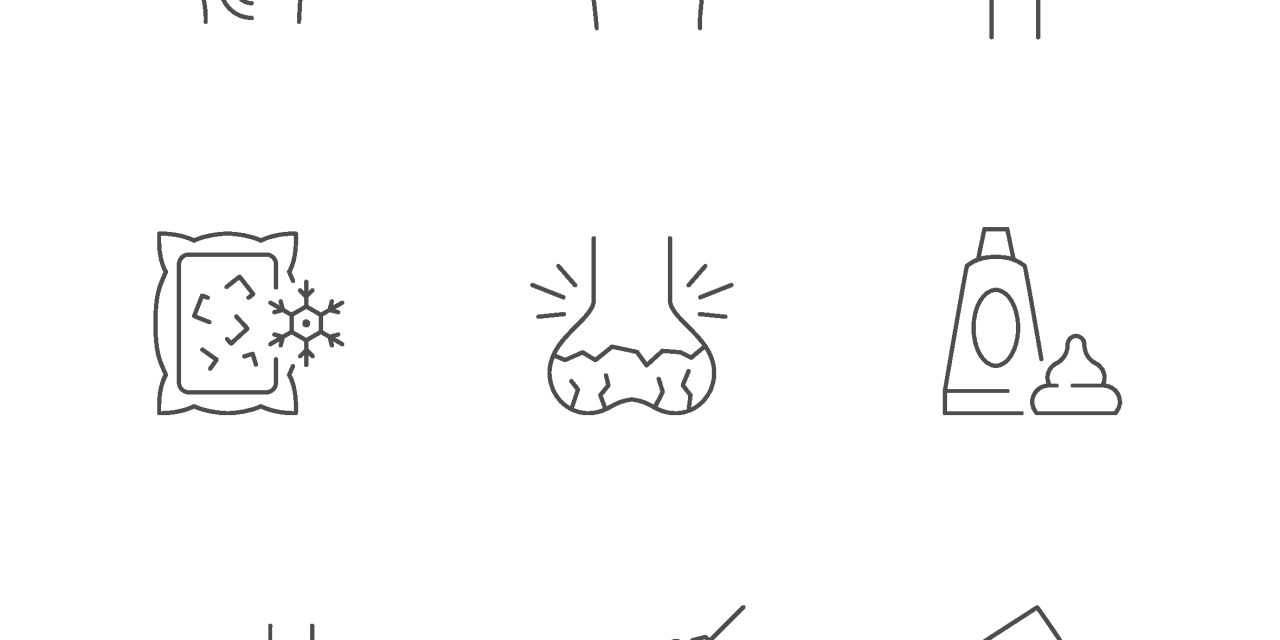The aim is To determine the prevalence of orofacial symptoms, dysfunctions, and deformities of the temporomandibular joint (TMJ) in juvenile idiopathic arthritis (JIA) 17 years after disease onset.
Methods. Drawn from a prospective, population-based Nordic JIA cohort with disease onset from 1997 to 2000, 420 consecutive cases were eligible for orofacial evaluation of TMJ involvement. The followup visit included demographic data, a standardized clinical orofacial examination, and full-face cone-beam computed tomography (CBCT). For comparison, 200 age-matched healthy controls were used.
Results. Of 420 eligible participants with JIA, 265 (63%) were included (mean age 23.5 ± 4.2 yrs) and completed a standardized clinical orofacial examination. Of these, 245 had a full-face CBCT performed. At least 1 orofacial symptom was reported by 33%. Compared to controls, the JIA group significantly more often reported TMJ pain, TMJ morning stiffness, and limitation on chewing. Further, among participants reporting complaints, the number of symptoms was also higher in JIA. The mean maximal incisal opening was lower in the JIA group (p < 0.001), and TMJ pain on palpation was more frequent. Condylar deformities and/or erosions were observed in 61% as assessed by CBCT, showing bilateral changes in about 70%. Risk factors of condylar deformities were orofacial dysfunction or biologic treatment; enthesitis-related arthritis was protective.
Reference link- https://www.jrheum.org/content/47/5/730


